Subject
- #Hwayo
- #Sero
- #Gyeoul Soju
- #Soju
- #Distilled Soju
Created: 2024-02-01
Created: 2024-02-01 10:51
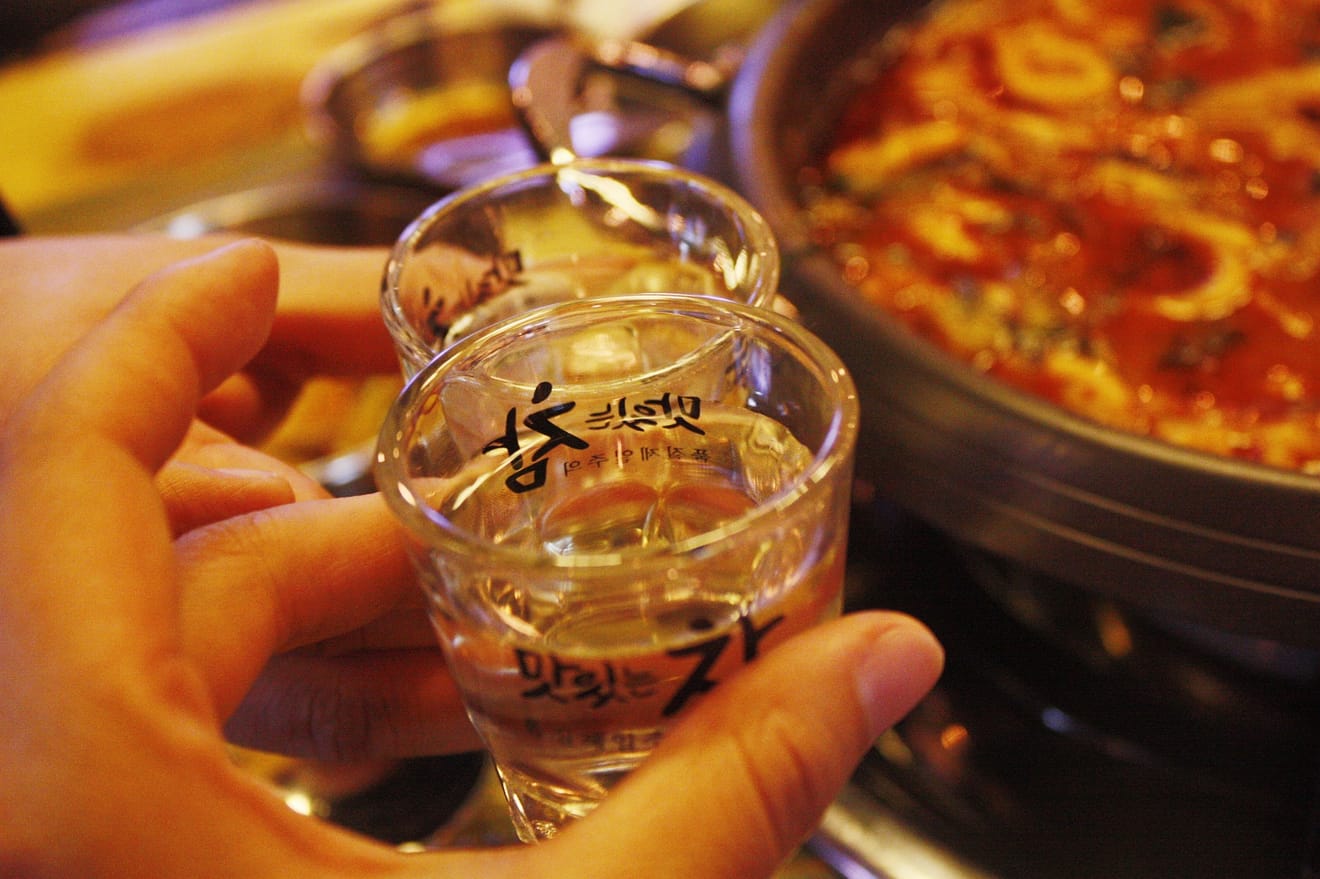
Source: Pixabay
If you were asked to name the most representative Korean alcohol, what would come to mind first? Considering its recent popularity, I'd say soju is the first thing that pops into my head. Soju belongs to the category of distilled liquor.
Distilled liquor refers to high-alcohol beverages made by distilling fermented alcoholic beverages called brewed liquor to separate the alcohol. When brewed liquor is heated, the alcohol boils at a lower temperature than water, so it evaporates faster. This evaporated gas is then cooled and condensed back into a liquid, resulting in distilled liquor. Korean soju, along with other high-alcohol beverages like Chinese baijiu, whiskey, gin, and vodka, all fall under the category of distilled liquor.
Korean distilled liquor, soju, is categorized into two types: diluted soju and distilled soju. The commonly consumed soju brands like Chum Churum and Chamisul are diluted soju. Diluted soju is made by creating colorless and tasteless ethanol through continuous distillation, then diluting it with water and adding sweeteners. On the other hand, distilled soju includes brands like Hwayo, Andong Soju, and Ilpum Jinro. Distilled soju is produced using a single distillation method, retaining the original flavor and aroma of the liquor and avoiding the addition of sweeteners. Naturally, distilled soju offers a deeper flavor, wouldn't you agree?
Therefore, today, I'd like to introduce distilled soju, which is made using the distillation method! Compared to diluted soju, distilled soju has a higher price range and a stronger alcohol content, which might initially feel off-putting. However, once you discover its deep aroma and savory taste, you'll be hooked.
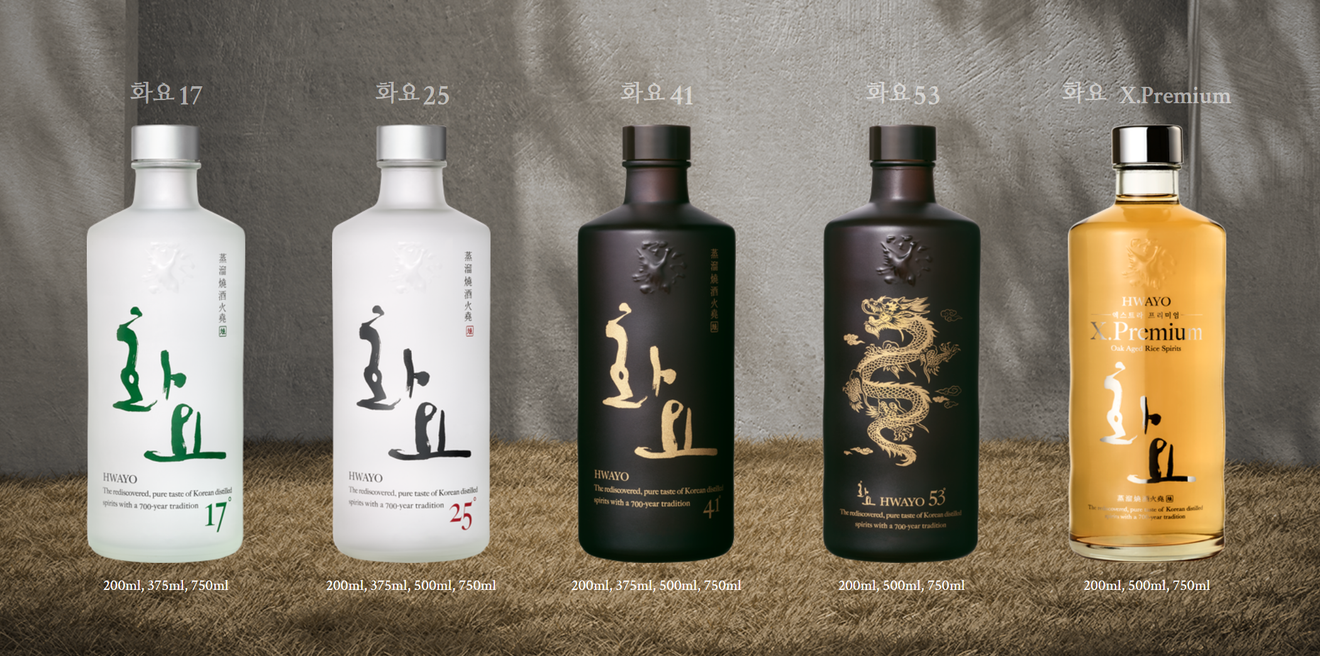
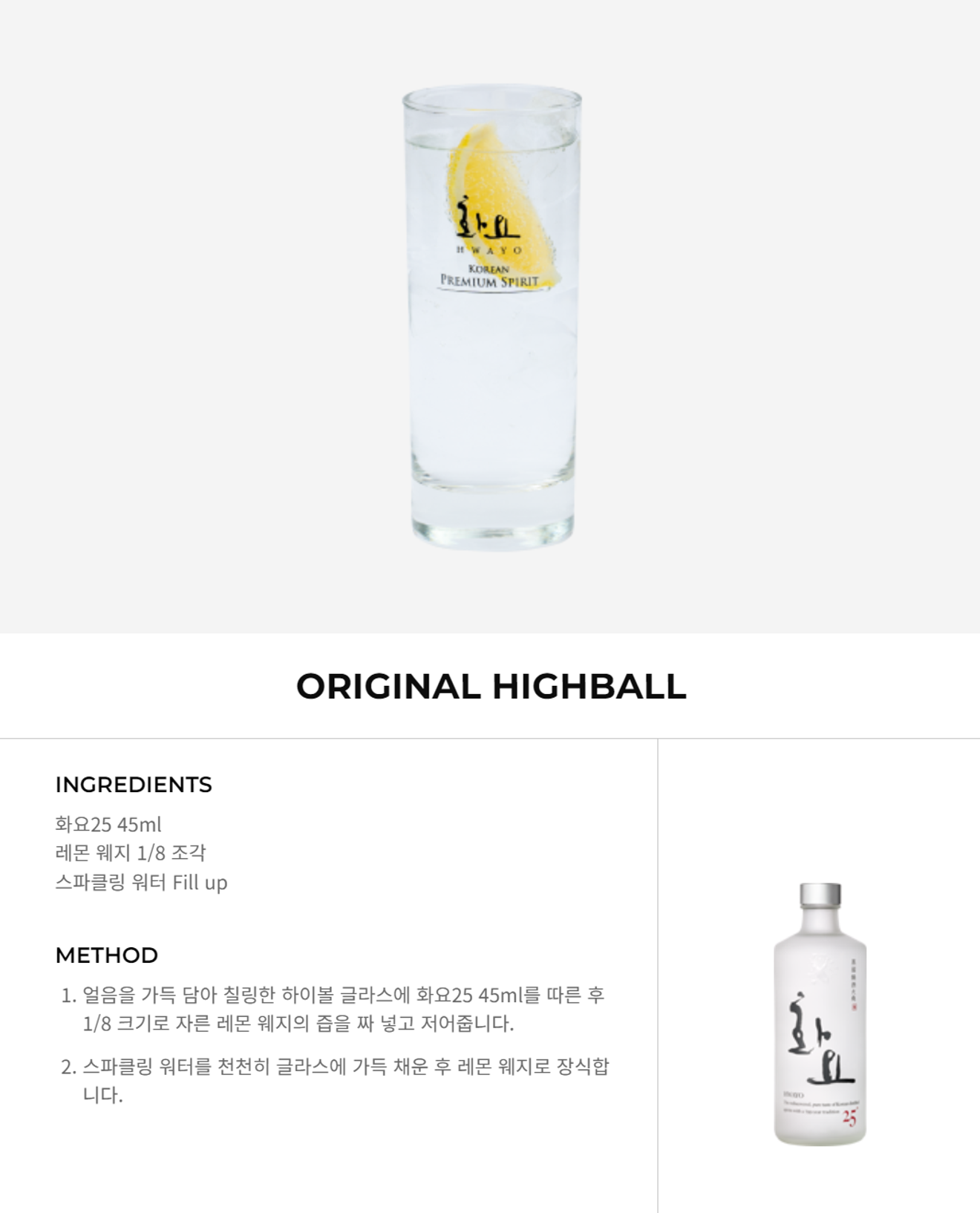
Source: Hwayo Website
When discussing distilled soju, Hwayo is a brand that cannot be overlooked. Hwayo comes in five different varieties: 17%, 25%, 41%, 53%, and XP. XP is a 41% soju aged in oak barrels. The 41% version is generally considered the best. Despite its high alcohol content, it's known for its clean and smooth taste, making it a good choice for those unfamiliar with distilled soju. Also, due to its higher alcohol content, the 41% and above varieties are often enjoyed as highballs. Hwayo provides various recipes, so you might want to try making one yourself!
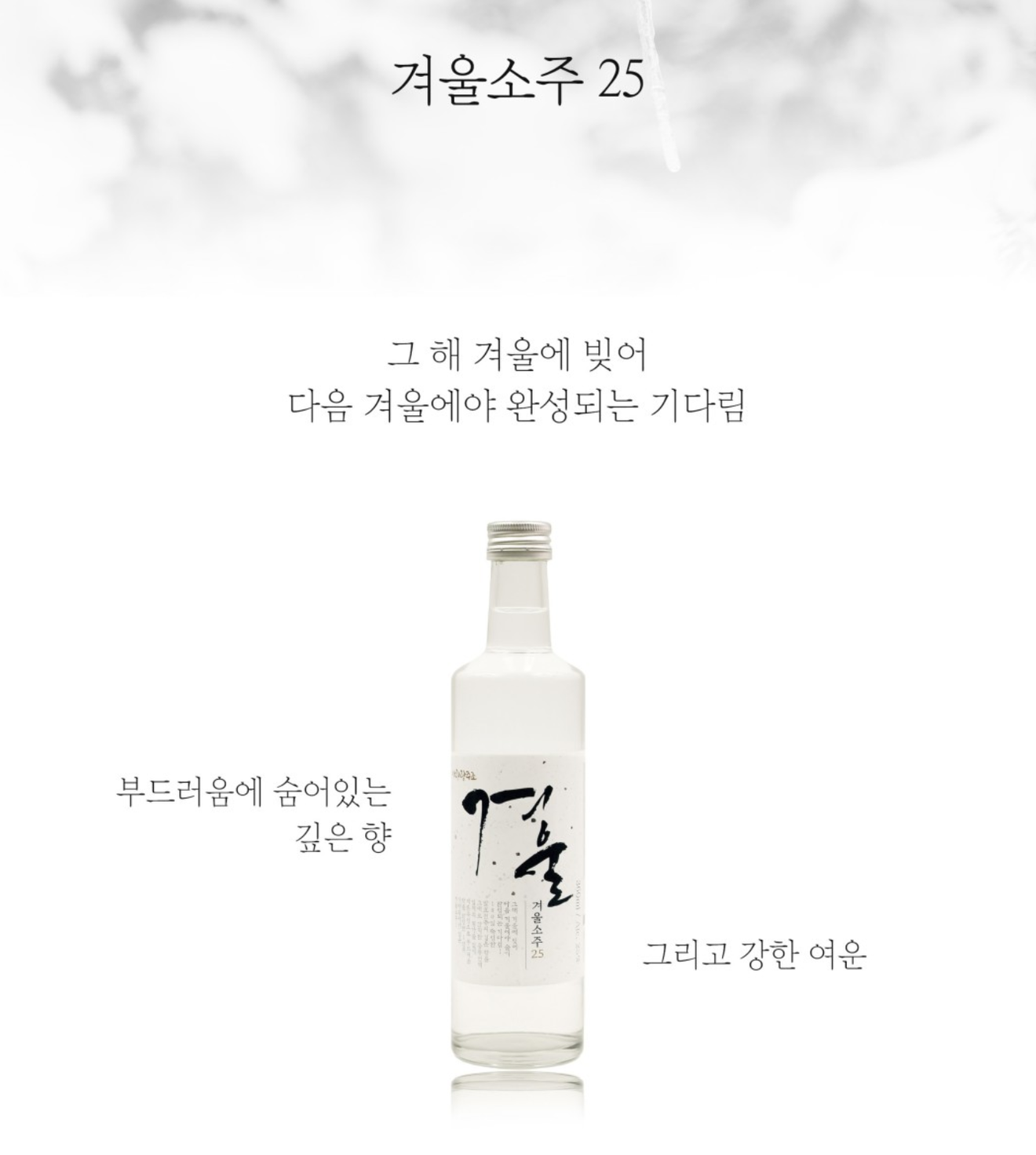
Source: Ilang Joojo Website
Let me introduce Gyeoul Soju (Winter Soju). This series consists of 'Gyeoul Soju 25%', 'Gyeouljina 35', and 'Gyeoul Soju 45%'. Today, I'll focus on Gyeoul Soju 25%. It uses only underground spring water and 100% Cheongyang new rice, brewed using traditional methods. True to its name, Gyeoul Soju is brewed in winter and only completes its maturation the following winter. It's known for its clean and smooth aftertaste. It pairs well with meat and fish dishes, as well as various snacks like 'bugeok' (dried seasoned vegetables) and fried foods. I recommend enjoying it neat or as a highball!
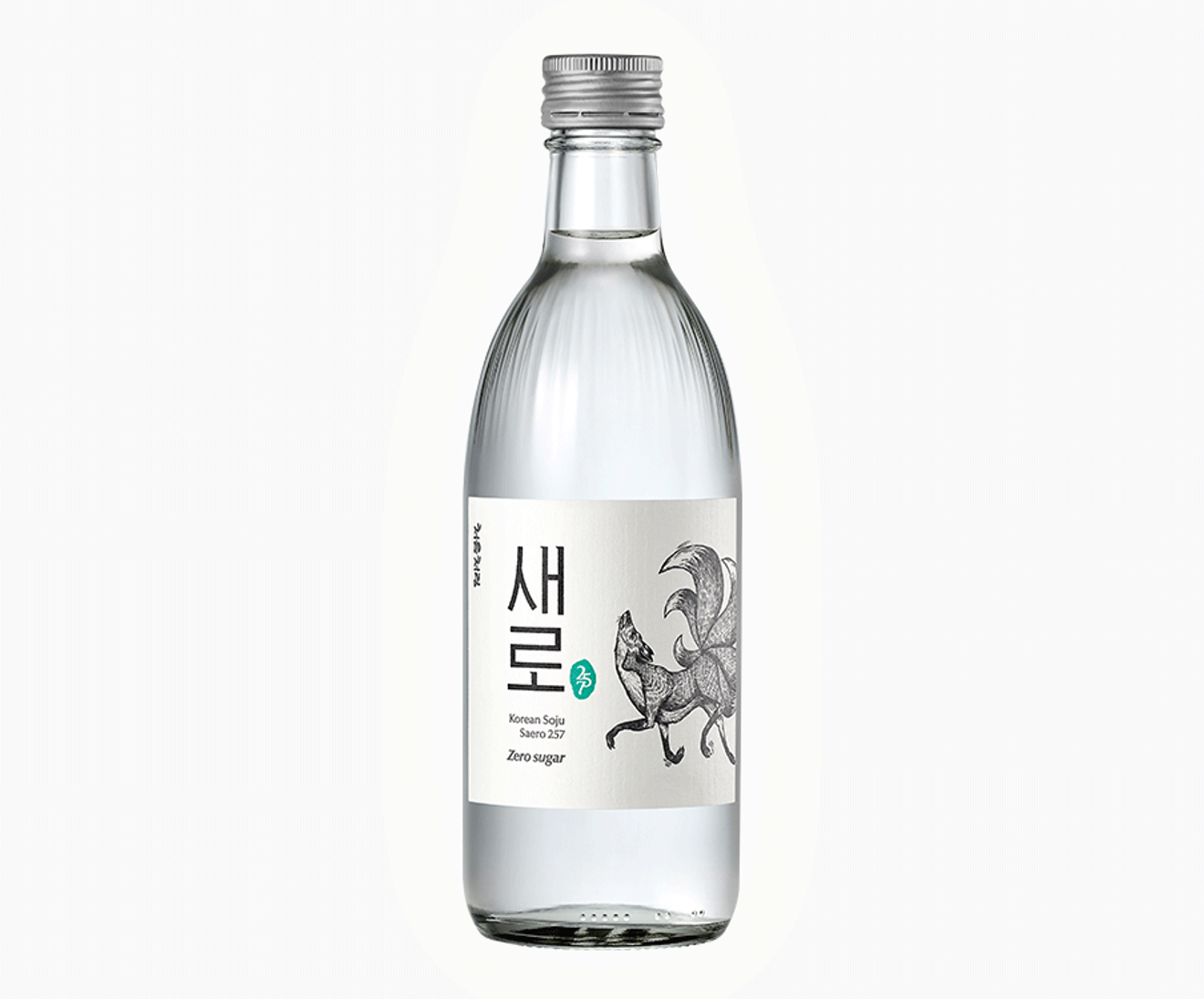
Source: Lotte Chilsung Beverage Website
If you're still hesitant to try distilled soju, perhaps Saero would be a good starting point. While Saero is a diluted soju, it incorporates distilled soju to capture the flavor profile of its counterpart. It's described as smooth and sweet, with a reduced alcohol aroma, making it more approachable and easier to drink. Many appreciate the absence of the harsh saccharin taste often found in conventional diluted soju. If you're looking for a more affordable way to experience a hint of distilled soju's flavor, Saero is a great recommendation!
Today, we explored distilled soju among various soju options. I hope you found it insightful. I personally hope to see more high-quality traditional Korean soju emerge in the future. I hope you'll explore the diverse world of soju! Thank you for reading, and I hope this was helpful :)
Comments0